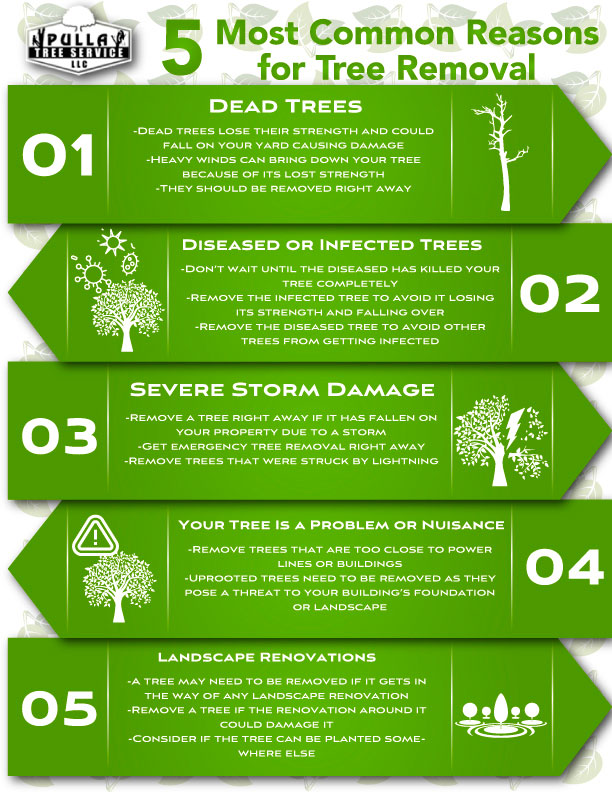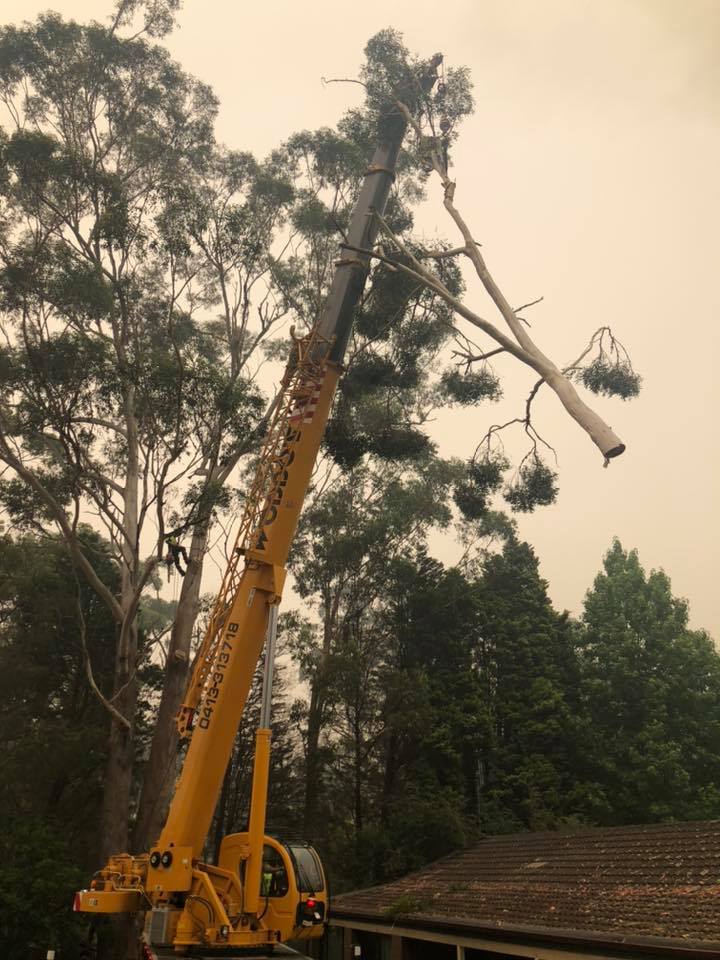All Categories
Featured
The removal of trees can create open areas that are vulnerable to weed intrusion. When trees exist, their dense covers typically shade the ground, limiting the amount of sunlight that reaches the soil. Nonetheless, after the removal of trees, these open locations receive boosted sunshine, offering excellent problems for weed growth.

They might suggest the use of compost, which acts as a protective obstacle on the dirt surface area, avoiding weed seeds from sprouting and suppressing weed growth.

The existence of trees cultivates an abundant and varied area of soil microbes. Tree roots offer a source of raw material, exudates, and nutrients that sustain the development and activity of beneficial dirt bacteria. When trees are gotten rid of, the lack of their roots can interrupt the delicate balance of the soil's microbial ecosystem.
The Best Tree Loppers Wollongong Service?
To deal with the effects of tree cutting on soil pH, tree elimination experts can provide useful guidance. Based on the outcomes, specialists can recommend pH change techniques, such as adding lime to elevate soil pH or integrating important sulfur to lower it.

It refers to the compression of dirt bits, resulting in decreased pore room and boosted dirt density. This compaction can adversely affect the soil's ability to work ideally, affecting its water-holding capacity, nutrient accessibility, and root infiltration. Proper techniques utilized by tree elimination professionals can aid minimize compaction and maintain the dirt's capability to preserve water, and enable appropriate airflow and careful tools handling.
Latest Posts
Who Has The Best Tree Cutting Services Wollongong?
How Do I Find A Tree Removal Wollongong Area Service?
What Is The Best Tree Removal Wollongong Area App?